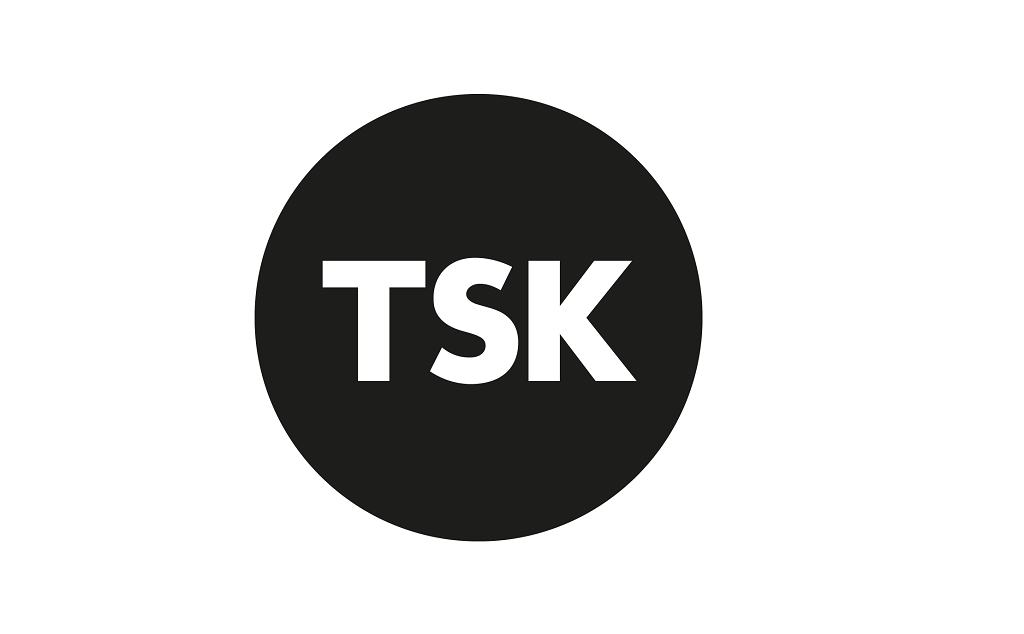Press release writing: Why it pays to get rid of sales patter
If you’ve invested in PR, you’ve bought into the concept that unbiased, third-party coverage is just as, if not more, valuable than shouting your key messages in an ad.
One common pitfall that many newcomers, and even veterans, fall foul of is trying to have the best of both worlds – littering their press releases with ad-style copy that adds little to the news that’s being conveyed.
In this guide, we’ll present four compelling reasons why it pays to bin the baggage when it comes to your press releases.
It won’t make it in to the final article
First and foremost is the fact that no matter how many key messages you try and shoehorn into your press release – they’re not going to make it into the final article.
To illustrate this, let’s compare the opening of two hypothetical versions of a press release and how they’re likely to be covered in the article proper:
Version one:
“Visionary industry exemplar Drizzly Dayz, a rain management company with decades’ of experience in delivering high-specification products that set the benchmark for quality, has unveiled a breathtaking new rain management partnership that’s set to revolutionise the sector and transform the way people think about the weather.”
“The exciting deal with commercial landlord Forceforest will see its cutting-edge rain management solution installed in several landmark locations throughout Manchester city centre.”
In the final article becomes:
“Rain management company, Drizzly Dayz, has signed a new deal that will see its products installed in seven locations throughout Manchester city centre.”
Version two:
“Rain management specialist Drizzly Days has entered into a new partnership with commercial landlord Forceforest that will see its rain management solution installed in seven key locations in Manchester city centre.”
In the final article becomes:
“Rain management company, Drizzly Dayz, has signed a new deal that will see its products installed in seven locations throughout Manchester city centre.”
Your eyes don’t deceive you – the end result is exactly the same, except the writer has had to laboriously extract the guff in the first instance. Journalists have a nose for the story and you’re not going to trick them into including fluff, no matter how many buzzwords you use.
Don’t make the journalist’s job harder than it needs to be. Tailor your expectations and come to terms with the fact that it’s the strength of stories that garners coverage and tacitly positions you where you want to be.
It harms your chances of coverage
While there’s a number of sites that let you publish press releases in their entirety – the aim of your PR is to get your coverage in front of the eyeballs that matter, which nine times out of ten means going through a journalist at your target publications.
In recent years, the number of PRs has steadily climbed, while the number of journalists has fallen. In practical terms, this means that your news is competing with that of an ever-growing crowd of other companies.
This trend has led to a deficit of the attention economy, meaning journalists have more potential stories at their fingertips than ever before and less time to spend sifting through them.
Therefore, if you’re hiding the crux of your story away among reams of PR puff, you risk getting less coverage than the story warrants or being overlooked altogether.
- It damages relationships
It’s often said that PR is all about relationships and bombarding publications with releases where the news is buried under subjectivity and buzzwords can quickly upset this symbiosis.
PRs – whether in-house or on the agency side – want to garner a reputation as a source of strong stories and knowing what publications prefer to cover like the back of their proverbial hands. Blitzing journalists with a stream of padded-out press releases will quickly create a negative association and could lead to emails – and even phone calls – being ignored.
Since puff-laden releases will often require selling-in (i.e. speaking to the journalists to get across the crux of the story and imploring them to use it), this can once again be detrimental not only to the client at hand, but the agency’s reputation as a whole.
You can be subjective in the quote
There’s definitely a space for subjectivity and self-promotion in a press release, but it shouldn’t impinge on the main body of the piece, which should be reserved for the who, what, when, where, why and how of the piece.
Instead, confine this where it belongs – in the quotes. Don’t be too hyperbolic though, or else your quotes will be mercilessly edited, or simply disregarded altogether. And above all, no matter the temptation, refrain from starting you quote with any variation on ‘we are delighted’.
A good PR quote should:
- Highlight the impact of the news on your industry, company, community or employees
- Emphasise the specific issue or action you want to draw attention to
- Sound like it came from a human being
- Offer perspective and context on the issue at hand.
And You?
Hopefully the above has provided some food for thought, but if you’ve got any experiences of padded-out press releases you’d like to share or think we’ve missed any obvious points – be sure to leave us a comment or get in touch via Twitter – we always love to hear from you.
And if you’re wondering whether PR services could be right for you, be sure to download our free guide where we compare the pros, costs and cons of potential promotional avenues for SMEs:
Selected industry experts bring you insight and expert advice, across a range of sectors.
Subscribe for free to receive our fortnightly round-up of property tips and expertise
Selected industry experts bring you insight and expert advice, across a range of sectors.
Subscribe for free to receive our fortnightly round-up of property tips and expertise






